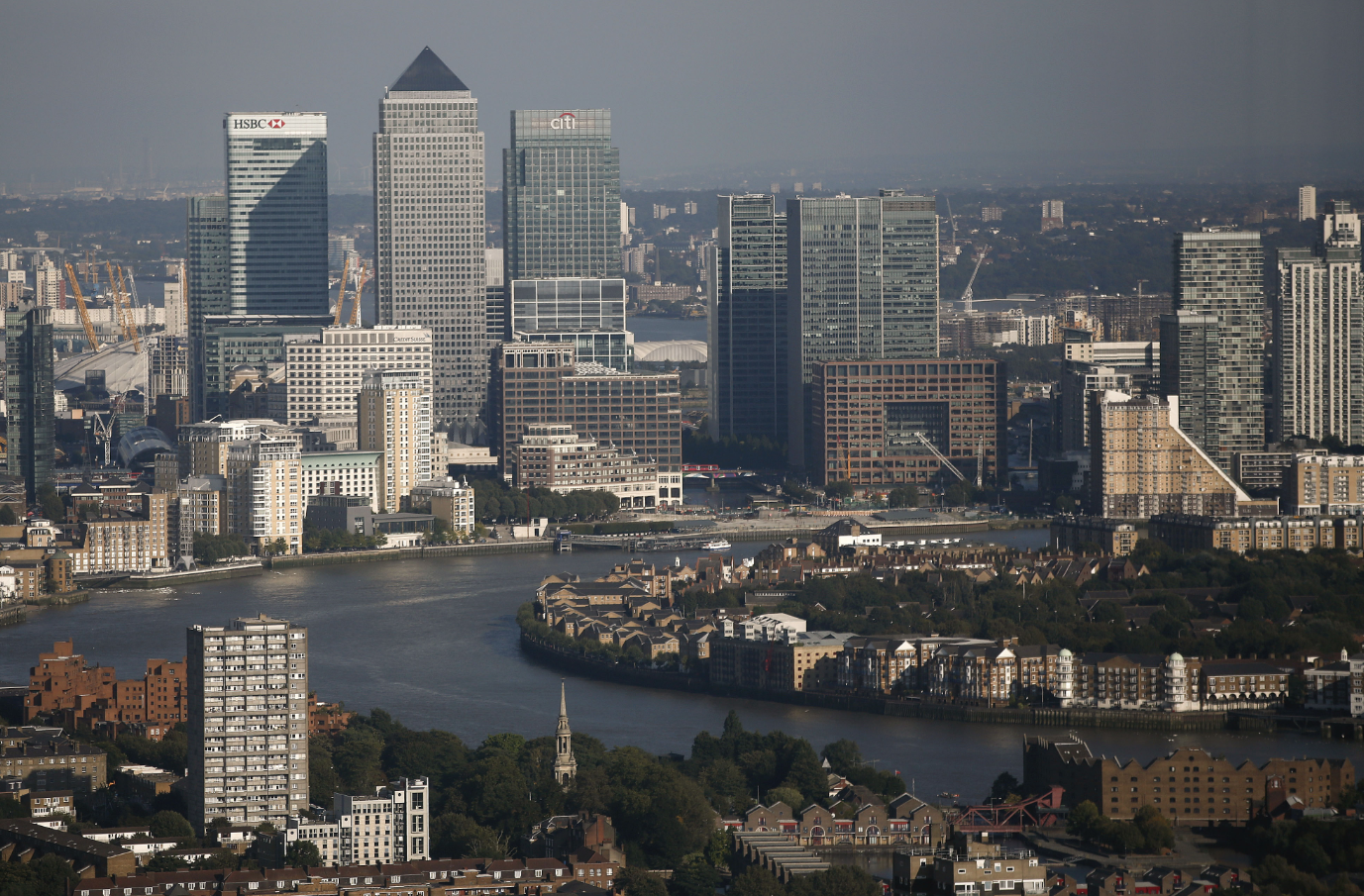[B-SIDE Podcast] Ready for the rain?

Each year, the Philippines is hit by an average of 20 typhoons, which are growing progressively more destructive.
A report released by Fitch Ratings in November 2021 said that the country is one of the most exposed to climate change physical risks, particularly floods and storms.
In addition, the Department of Finance reported that climate-related hazards have cost the country $10 billion in losses and damage over the past decade.
In this B-Side episode, Rick Holland, Grundfos senior regional sales director for Asia Pacific, talks to BusinessWorld reporter Alyssa Nicole O. Tan about key solutions in mitigating flooding caused by extreme weather events amid worsening climate change. Headquartered in Denmark, Grundfos manufactures pumps for flood control, irrigation, and sewage, among others.
“You cannot just take one approach to everything,” said Mr. Holland, noting that a community’s geography, economic status, and density should be considered when thinking of long-term solutions.
TAKEAWAYS
To prevent flooding, fix the trash problem.
“We end up with quite a lot of trash in the waterways from various causes and… it tends to clog up the canals and block up the pump stations sometimes, so that does have an impact on how to handle current flood waters,” said Mr. Holland.
The combination of rising sea levels, climate change events, and land subsidence already makes Manila particularly flood-prone — mountains of trash exacerbate the problem.
“I think development planning and infrastructure planning will form a key part of the strategy,” he added.
Flood solutions are unique to each community.
Mr. Holland noted that the real challenge with floods in Manila is that each community and micro-area is unique.
Low-lying areas close to Manila Bay will need solutions that can handle seawater applications and still run reliably.
Meanwhile, areas with informal settlements need technology partners who can provide materials that can remove high volumes of trash efficiently.
“All of these things require a degree of consideration to tailor the solution for the best outcome in a particular community,” he said.
New flood mitigation solutions must work well with other existing flood prevention strategies.
While the systems built by Grundfos within the flood station infrastructure are designed to operate independently, its success in a community is tied to many things operating in tandem.
“The development that happens in that community will either assist run-off and flood mitigation or make it worse,” Mr. Holland said.
Flood water drained into the pumping stations have to be clean and free-flowing to enable the pump station to operate.
“One of the big challenges for flood infrastructure projects is [that] there are always factors that will determine the success of a project, and they really all need to work in tandem to be successful,” he said.
Big picture: climate change has to be addressed.
“Climate change is bringing more extreme rainfall and rising sea levels, and these directly impact on the severity and the frequency of flooding, and also inundation from the sea for low-level communities,” Mr. Holland said.
“If we don’t take action to reduce the degree that climate change is going to happen then it may well end up in a situation where it’s not possible to be resilient, or not possible to mitigate the impacts as they become more severe,” he added.
Recorded remotely in February 2022. Produced by Earl R. Lagundino, Jino D. Nicolas, and Sam L. Marcelo.




